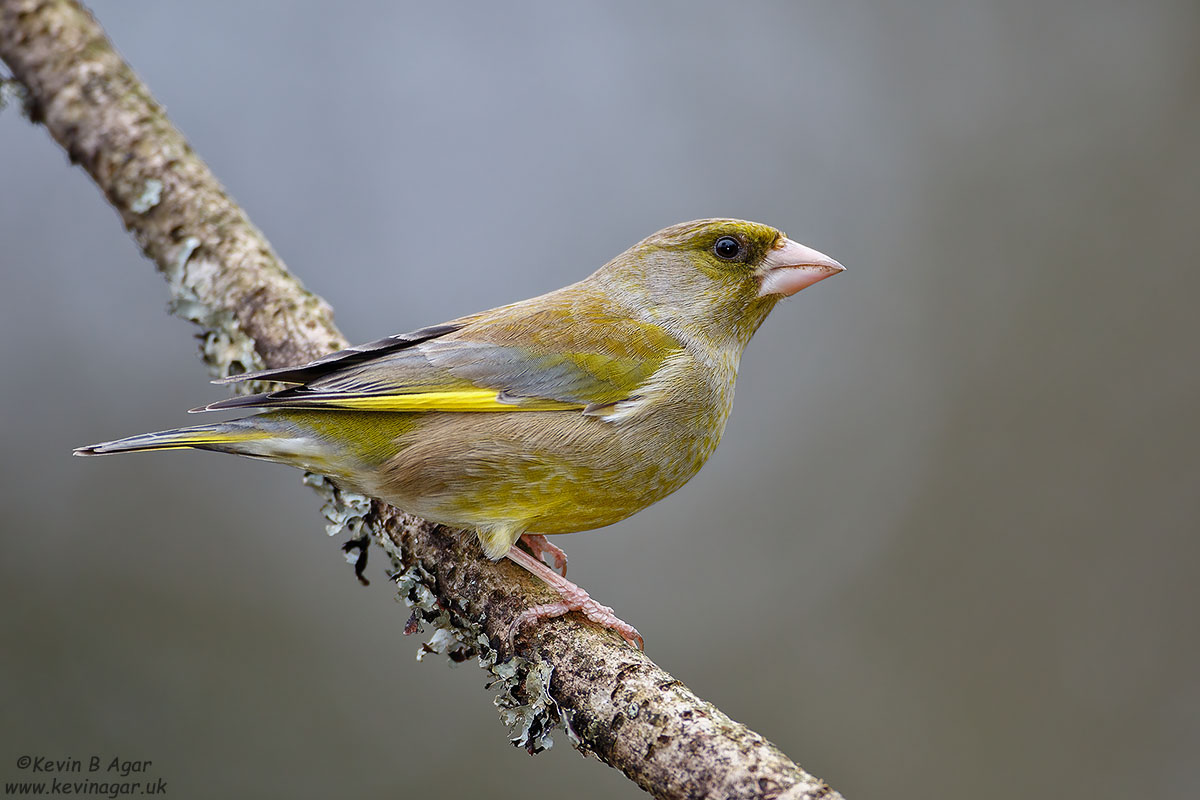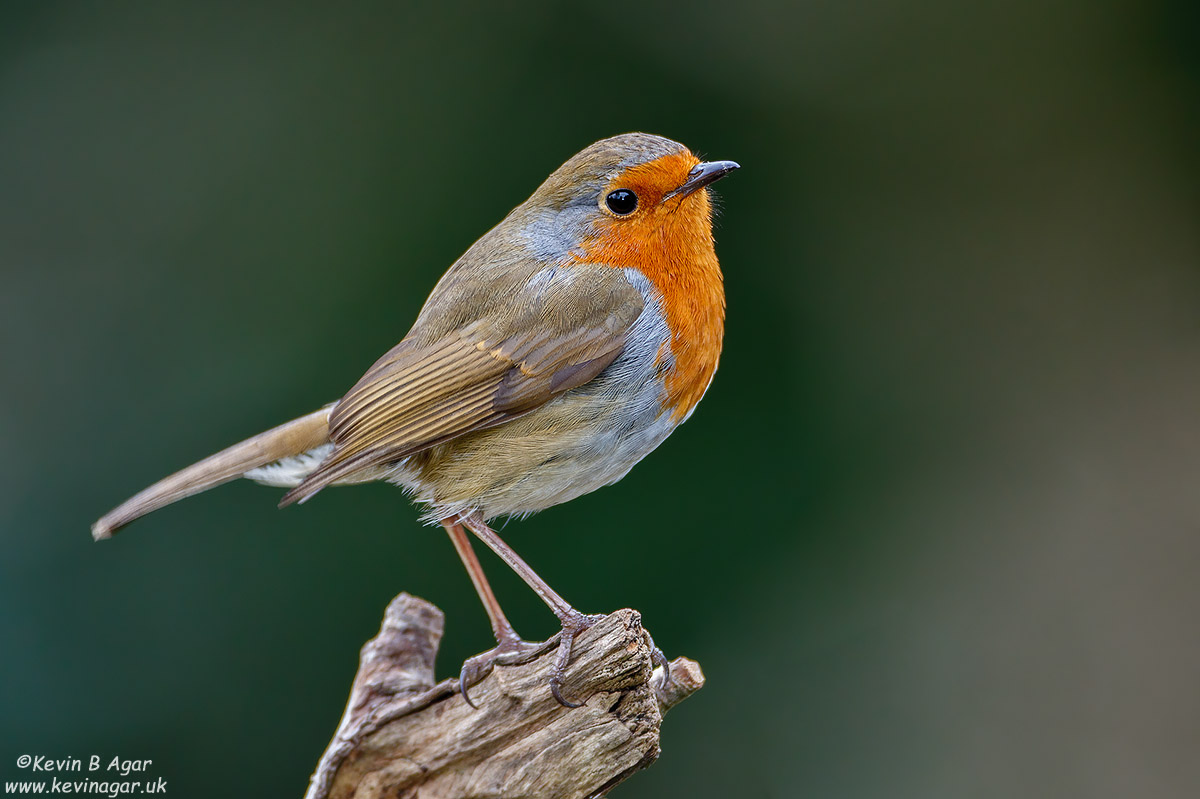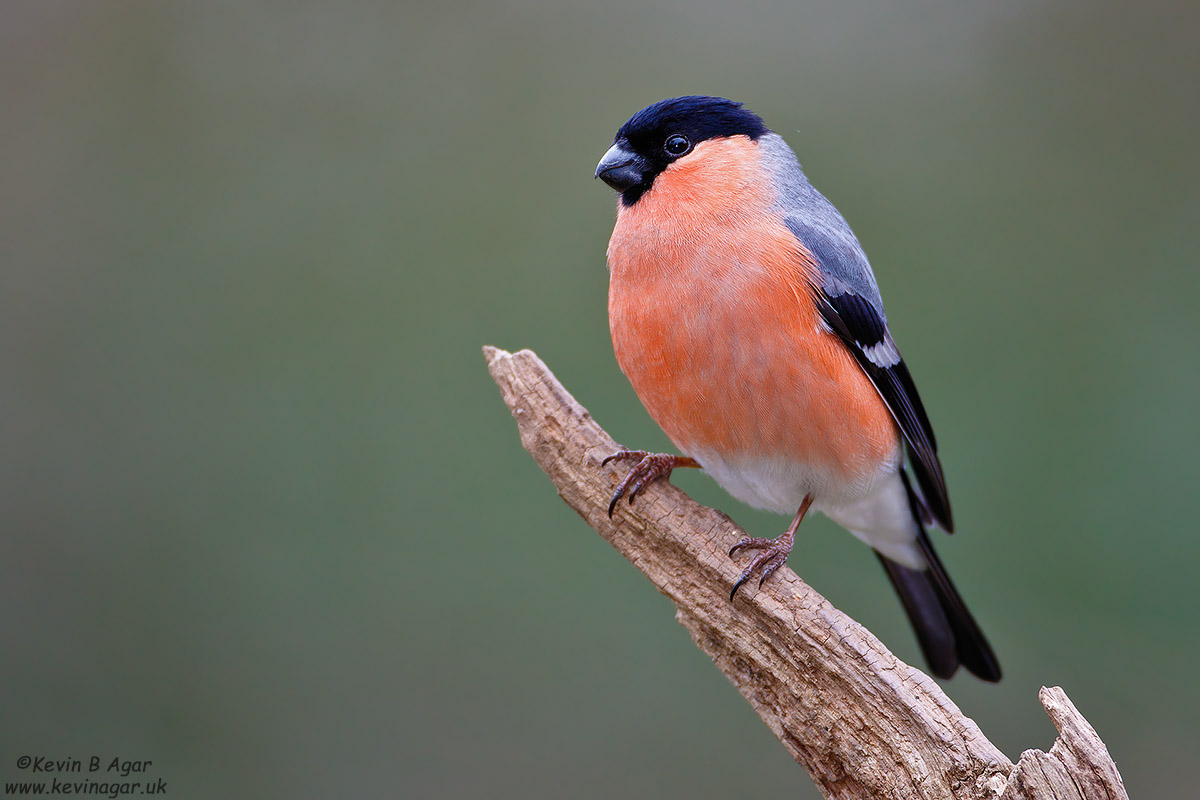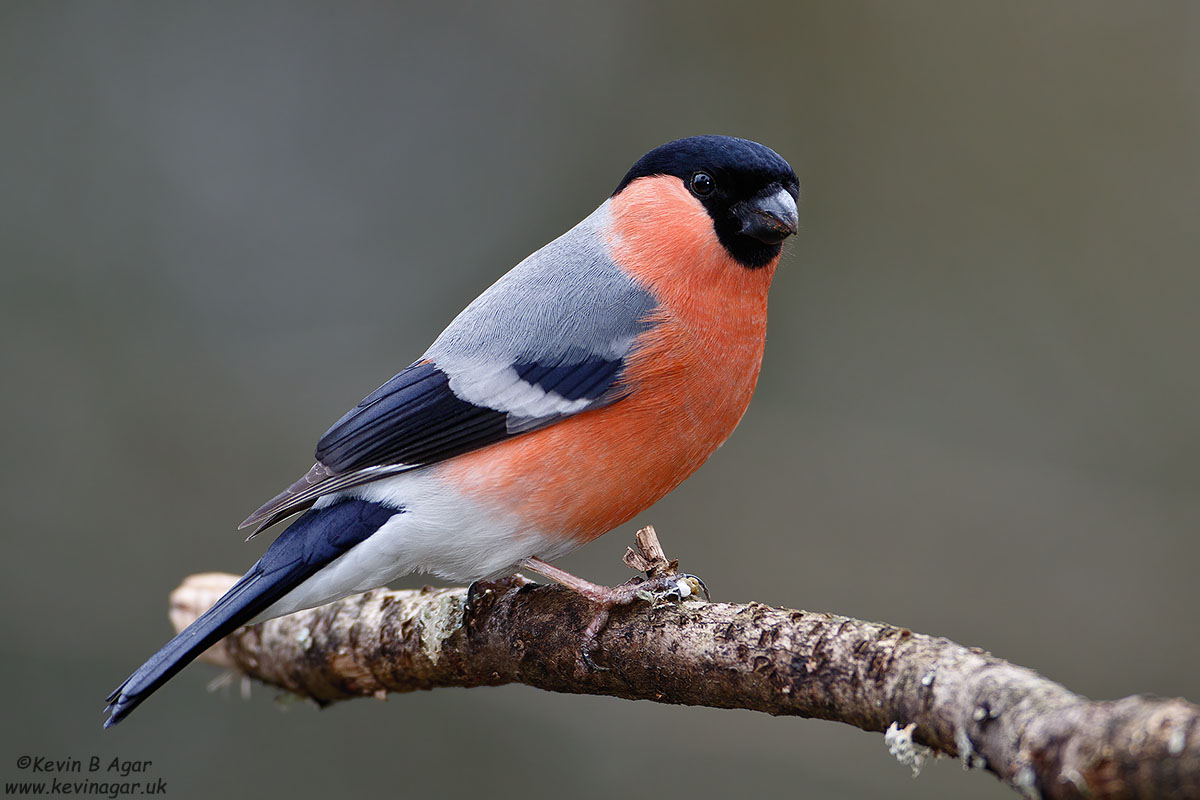Last Updated on December 9, 2021 by Kevin Agar
Well, we’re still in lockdown and I’ve spent the last week redecorating my computer room. I also took the chance to read about using flash with bird photography, especially with respect to fill flash. So the object was to use natural light for the main exposure and flash to help remove some of the shadows and add a catch light. I used a Better Beamer on a Canon 430EXII flash, attached to the hot shoe of a Canon 7DmkII with a Canon 500L mk1 lens. I would have preferred to get the flash off camera to reduce the ‘steel eye’ (animal equivalent of red eye) but it wasn’t possible. Camera set to Av and iso400. The light wasn’t that good, so the aperture was at f4.0 to get a reasonable shutter speed. Flash was set to high speed and 1/32 power. This allowed for multiple shots because the flash could recycle very quickly. So here are some of the shots I managed. Only a couple of them had ‘steel eye’ which required a bit of photoshop. So the question is, was it worth it?

Goldfinch, Carduelis carduelis
Canon EOS 7D Mark II 1/640 s. f/4 iso400 EF500mm f/4L IS USM

Dunnock, Prunella modularis
Canon EOS 7D Mark II 1/500 s. f/4 iso400 EF500mm f/4L IS USM

Greenfinch, Chloris chloris
Canon EOS 7D Mark II 1/320 s. f/4 iso400 EF500mm f/4L IS USM

Robin, Erithacus rubecula
Canon EOS 7D Mark II 1/125 s. f/4 iso400 EF500mm f/4L IS USM

Blue Tit, Cyanistes caeruleus
Canon EOS 7D Mark II 1/400 s. f/4 iso400 EF500mm f/4L IS USM

Bullfinch, Pyrrhula pyrrhula
Canon EOS 7D Mark II 1/250 s. f/4 iso400 EF500mm f/4L IS USM

Bullfinch, Pyrrhula pyrrhula
Canon EOS 7D Mark II 1/320 s. f/4 iso400 EF500mm f/4L IS USM
The real question is what do they look like compared to not using the flash.
So here are a couple of shots taken 2 seconds apart and processed in Lightroom and Photoshop using the same settings
With Flash

Bullfinch, Pyrrhula pyrrhula
Canon EOS 7D Mark II 1/400 s. f/4 iso400 EF500mm f/4L IS USM
Without Flash

Bullfinch, Pyrrhula pyrrhula
Canon EOS 7D Mark II 1/400 s. f/4 iso400 EF500mm f/4L IS USM
Other than giving a catchlight and a bit more detail in the shadows, there doesn’t appear to be a great difference. Personally, I’m happy with that as less is more. Too big a change would probably look false and not natural, which is the look I want.
Your final comments sum up what i would have said.
The flash photos look like bird recognition photos from a book.
Very nice but look posed.
The flash free is more natural and my preference.
Thanks for looking and taking the time to comment Phil, it’s greatly appreciated. Think I’ll leave the flash in the bag
Interesting comparison, thanks for posting this. Considering you were using a 500mm lens and the flash was on-camera, how close were you to the birds and how much effect do you think the flash had given the presumably significant distance? GN of the flash might be of interest too.
Hi Jock, thanks for looking and commenting, it really is appreciated. The distance to the birds was 6 metres and the GN of the Canon 430 EXii is 43. The actual effect of the flash is very small but just enough to slightly improve the images IMO. Whether it’s enough of an improvement to be worth the effort is questionable.